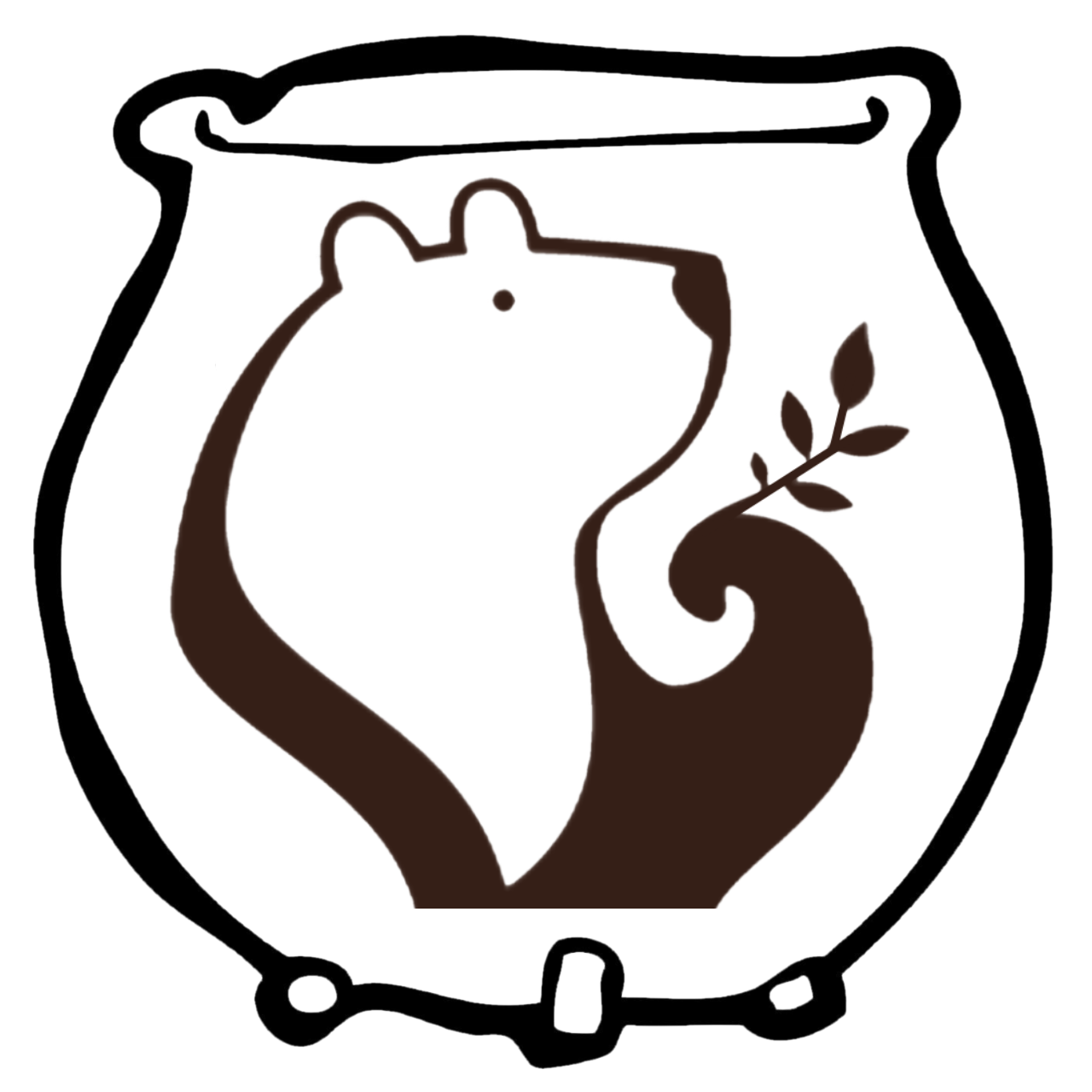Thor
God of Thunder

If you know only one god from Norse mythology, it is likely to be Thor, the god of Thunder. He is the son of Odin (ruler of the gods) and the giantess Jord (the Earth). Described as a huge man, he sports a full red beard and wild red hair. He has three magical accouterments which add to his already impressive strength, a hammer called Mjölnir, a pair of iron gauntlets named Járnglófar, and a magical belt known as Megingjard. Without a doubt, he is considered to be the most rugged and powerful of the Aesir. Thor is strength personified, but perhaps not the wisest. Others seek to tease him or fool him, but Thor is easily provoked and has a violent temper, making this a dangerous pastime. Thor is married to the beautiful goddess Sif (goddess of grain). They have a daughter named Thrud (Strength) and a son named Modi (Mighty). With his mistress, the giantess Jarnsaxa, Thor had a son, Magni (Brave). And his wife Sif has a son named Ullr (Glory) that Thor takes as his step-son. His family resides in Asgard at a grand home called Thrudheim (Place of Might). With 540 rooms, they have two servants Thialfi and Röskva. When Thor rides out from Thurdheim, he travels upon a chariot pulled by two goats named Tanngniost and Tanngrisnir.
Magic of Thor
General
Chakra: Solar Plexus
Element: Fire
Sabbat:
Zodiac Sign: Leo
Color: Red
Day: Thursday
Herb: Acorn, Oak, Thistle
Totem: Goat
Stone: Carnelian, Iron, Lodestone, Red Agate
Offering: Mead or Beer
Power
Protection
Courage
Defense
Strength
War
Agriculture
Weather
Trust
Aromatherapy
Dragon’s blood
Juniper
Pine
Runes of Thor
Ansuz: ᚨ
This is the A-rune and is associated with ‘ancestry’, specifically Odin. Pronounced as ANN-suhz, this rune harkens back to our sacred ancestry. From this connection comes the link to inspiration, breath, and speech. Think of this as the voice of the universe.
Ehwaz: ᛖ
The E-rune, Ehwaz represents the word “horse” and is pronounced Eh-was. It is the rune of harmonious teamwork and trust. Use this rune when working collaboratively toward a common goal.
Ingwaz: ᛜ
Ingwaz is the NG-rune and can be remembered with the word ‘fruiting’. Pronounced as ING-wawz, this rune represents the Earth and gestation. It is linked with Ing, the ancient god of the fertility and the creative act.
Raidho: ᚱ
Radho is the R-rune and is associated with the word “ride”. This rune references travel or journeys. Radho also has a connection to wheels and cycles. It is both the vehicle and the road.
Thurisaz: ᚦ
This rune is the Th-rune. It is pronounced as Thoor-ee-sawz. The word to remember this rune is “thorn”. Derived from the Old Norse word Þurs (thurs) meaning: giant, this rune denotes power, protection, and resistance.
Glossary
Mjölnir
Mjölnir (pronounced: Myol-nir) was forged by the talented dwarfs Brokkr and Eitri during a contest set up by the mischievous Loki. One of the most frightening weapons of the gods, Thor’s hammer has the strength to tear down mountains. Mjölnir will hit any target and then returns to Thor’s right hand. The hammer is often used to kill Thor’s adversary, but it also has the power to revive folks and animals. Stolen by the Giant Trym, the hammer was ransomed for the hand of the fertility Goddess Freya.
Járnglófar
Járngreipr is a pair of iron gauntlets that Thor uses with his hammer, Mjölnir. When the hammer was forged, the dwarf working the bellows was distracted by a Loki disguised as a gadfly. This small distraction caused the hammer handle to be shorter than originally designed. The gloves may serve as an assistant to the foreshortened handle.
Megingjard
Alternately called a “power belt” or the “girdle of might”, Megingjard doubles Thor’s strength when strapped upon his waist. Loki, who was trapped by the giant Geirröðr, tricked Thor into traveling to battle the giant without his gauntlets, belt, and hammer. Before the conflict, Thor spent the night with the giantess Gríðr. She warned him that he had been tricked and lent him her own megingjörð, as well as a pair of iron gauntlets and her staff Gríðarvölr.
Tanngniost & Tanngrisnir
Thor’s distinctive chariot is pulled by two goats. One is called Tanngniost (Teeth barer) and the other is named Tanngrisnir (Teeth grinder). As the chariot flies across the sky, folks in Midgard can hear the loud stomping of the goats (thunder) and see the sparks from the wheels (lightening). The goats serve a secondary purpose to provide Thor with food when he is away from home for longer periods. He can eat the goats for dinner and then revive them the next morning with Mjölnir, his mighty hammer.
Thialfi and Röskva
Thor and Loki were traveling in Midgard and stayed on a peasant farm overnight. Generously, Thor shared his goats for dinner with the poor family. Greedily, the young boy Thialfi broke one of the bones in order to slurp up the bone marrow. In the morning, when Thor used his hammer to resurrect the goats, one of the poor animals was limping. Thor learned of the broken bone and demanded that Thialfi and his sister Röskva become his servants, and return with him to Asgard.





